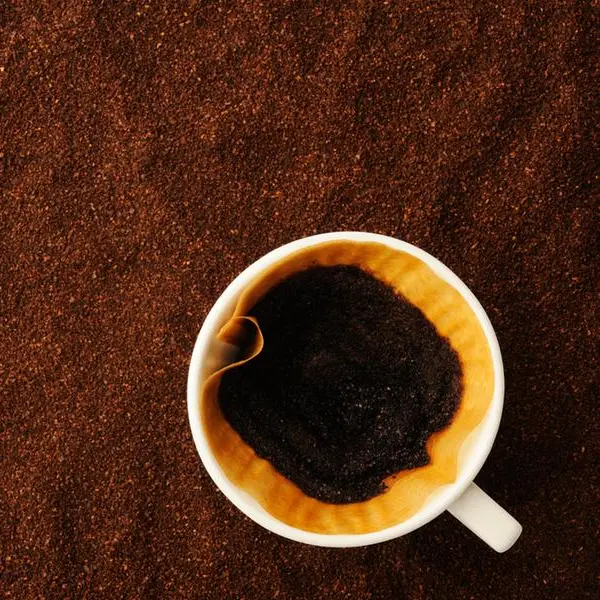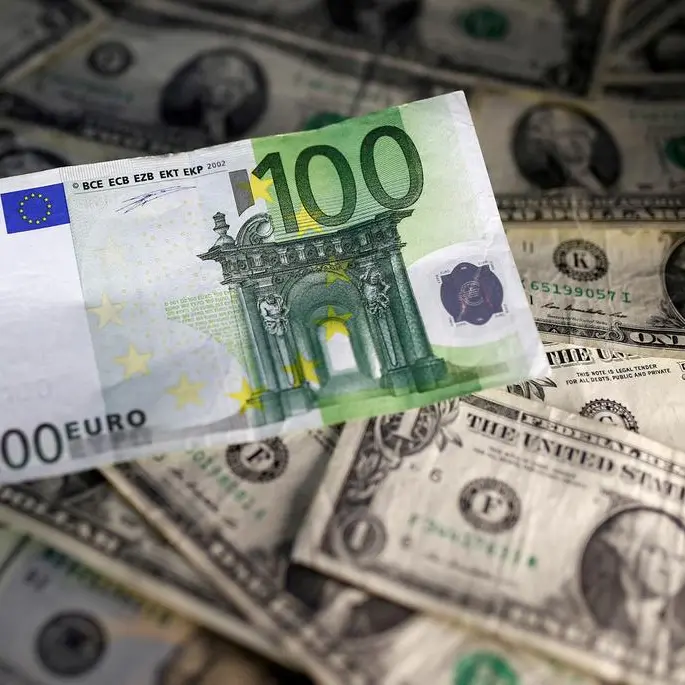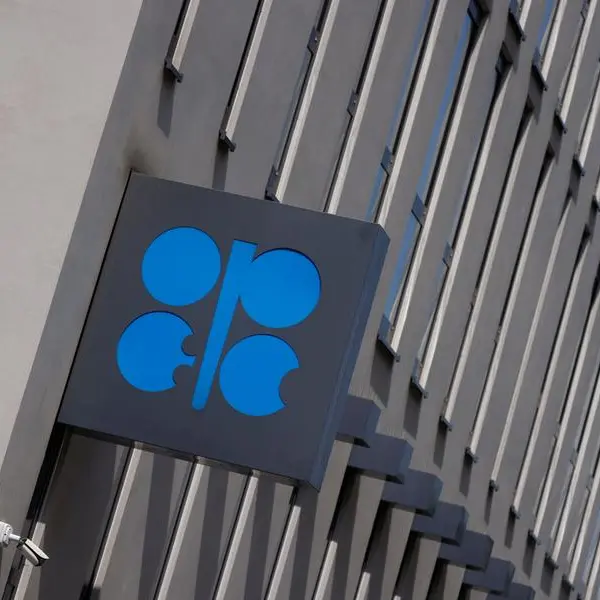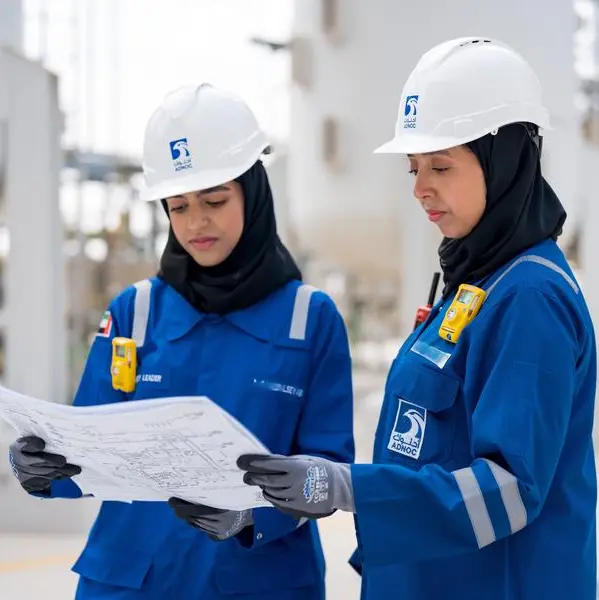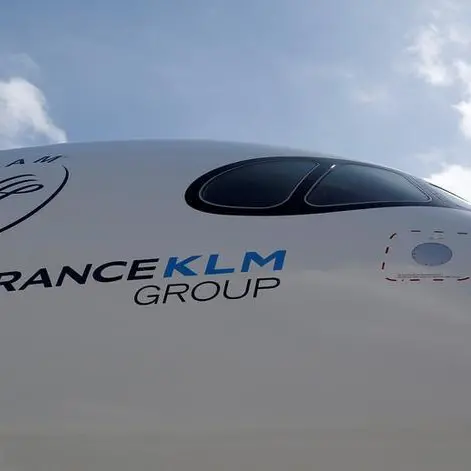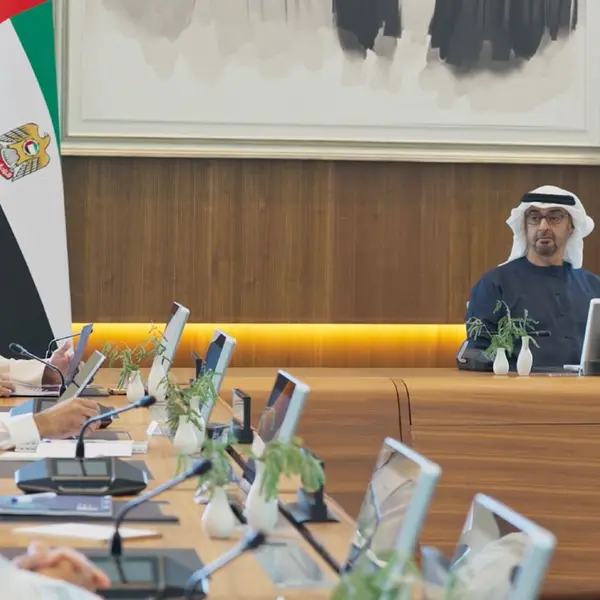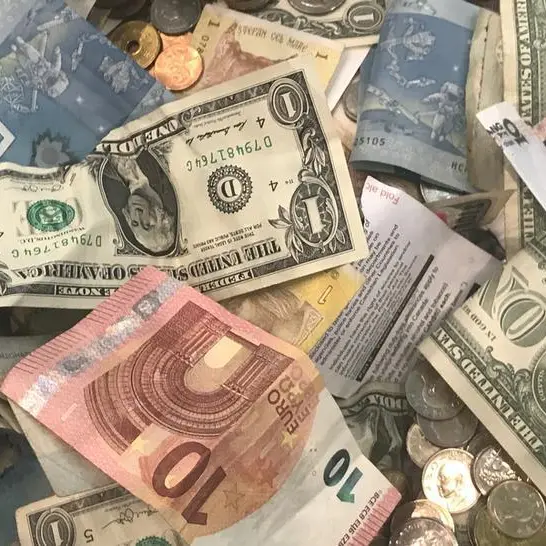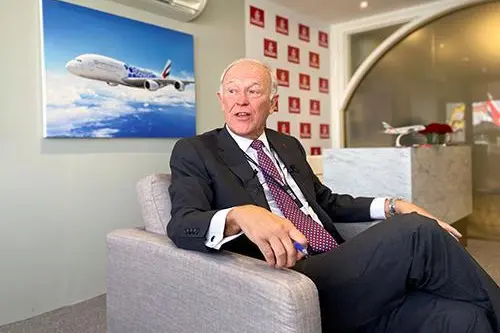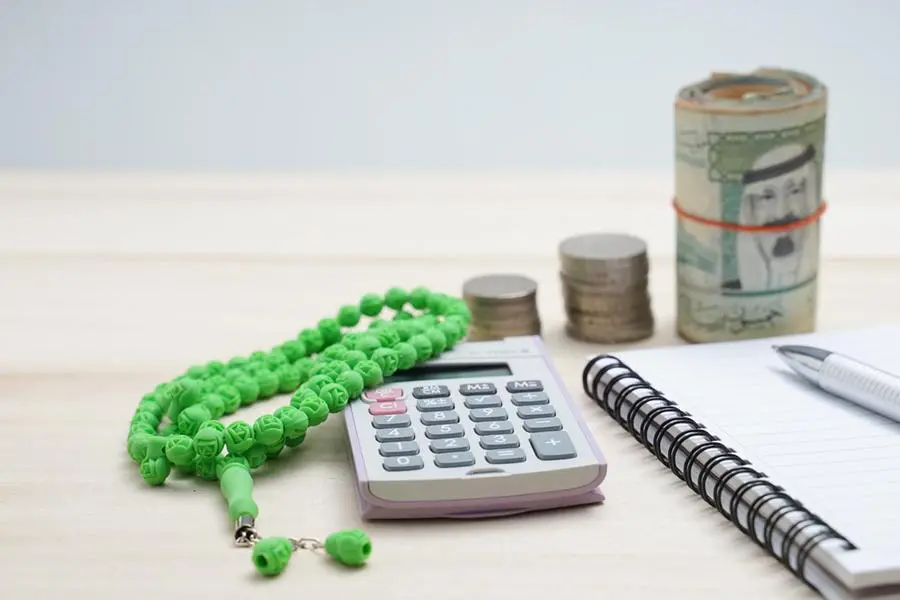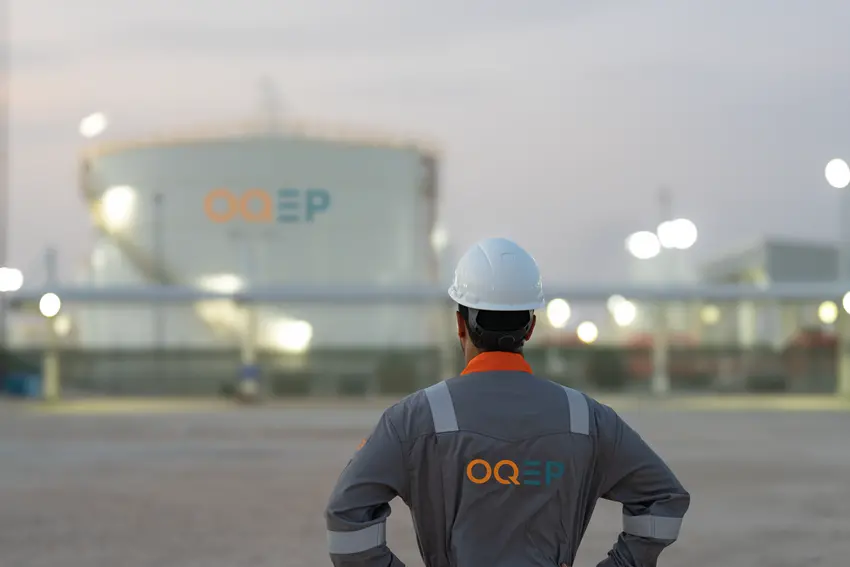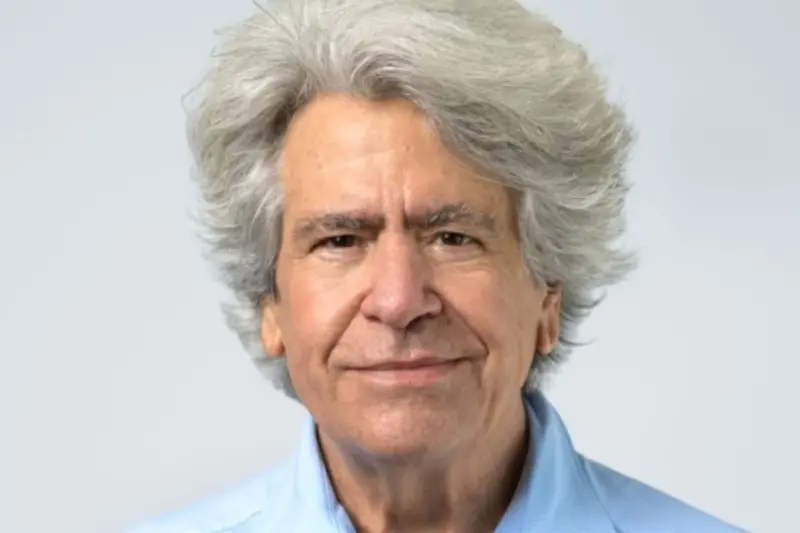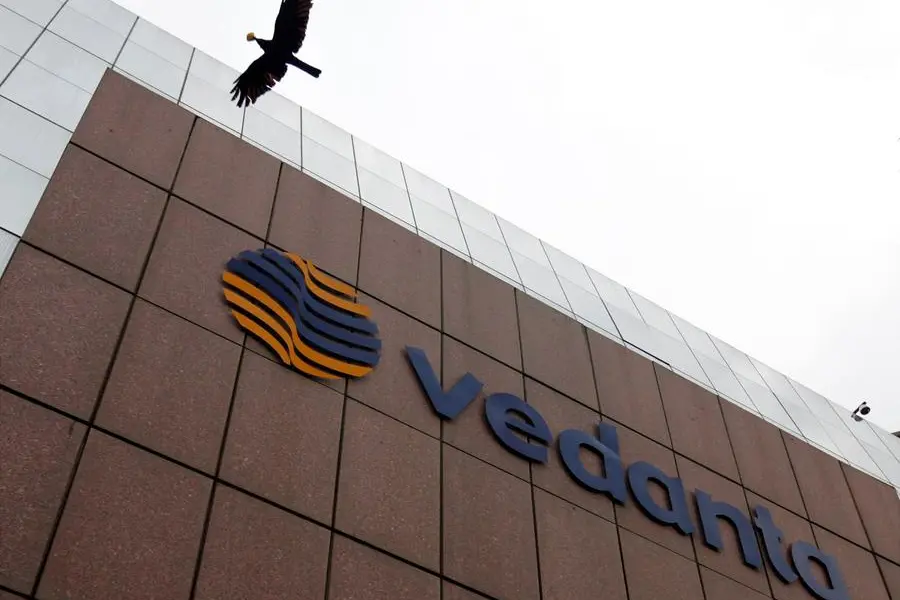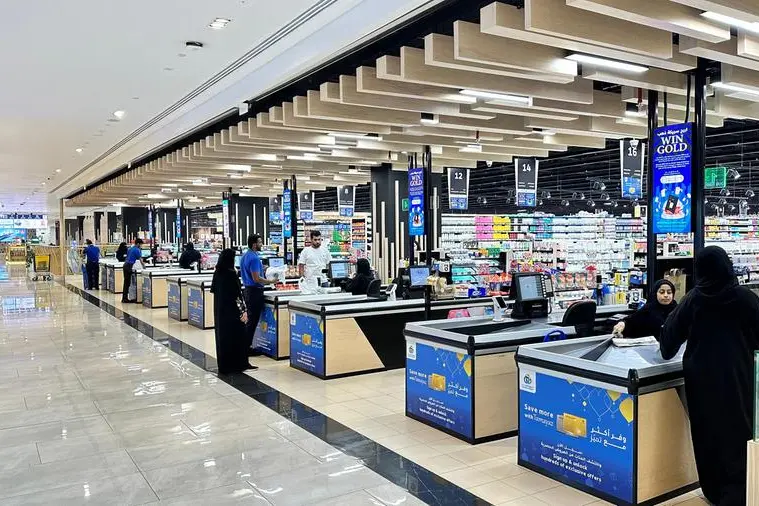13 April 2014
DOHA: The combined market capitalisation of GCC bourses increased 2.1 percent month-on-month to $1,048.2bn in March 2014. With a share of $179.8bn, or 17.2 percent, Qatar was the third largest contributor.
All GCC indices, except Abu Dhabi, Oman and Bahrain witnessed a rise in market capitalisation during March. With $512.4bn, Saudi Arabia's Tadawul All Share Index (TASI) was the highest contributor, followed by Abu Dhabi and Dubai ($202bn or 19.3 percent). Kuwait, Oman, and Bahrain together contributed $154bn, according to Global Research's "GCC Markets Performance-March 2014."
Overall trading activity in GCC remained mixed in March 2014. Volume traded plunged 8.9 percent month-on-month (MoM), with all markets, except UAE and Oman registering a fall (on MoM basis). The value traded advanced 22.6 percent MoM , mainly due to gains in Saudi Arabia , Qatar and Kuwait. Oman saw the biggest fall in value traded (-78.5 percent MoM), followed by UAE (-19.8 percent MoM) and Bahrain (-0.1percentMoM). Meanwhile, with $51.7bn. Saudi Arabia remained the largest contributor to the total trading value. In terms of trading volume, the UAE led with 19.6 billion shares.
GCC indices mostly ended in the red during March due to Russian action on Ukraine and gradual disagreement of Russia with the US and UK over the referendum in Crimea. However, Dubai continued its strong performance, following a recovery in its real estate sector; the market was also driven by its financial services sector.
Qatar continues to witness a surge in economic activity in the run-up to host the FIFA World Cup 2022. An upgrade of the market status of Qatar and the UAE by MSCI and S&P would keep investor sentiment high in the respective markets.
The QE index reversed its uptrend, falling 1.1 percent MoM in March after gaining 5.5 percent MoM in February. After hitting a five-and-a-half year high of 11,917 point in February, the index remained volatile during the initial days of March and started slipping into negative zone by the end of the third week. This is mainly due to profit booking and the rising geopolitical tension between Russia and Ukraine and discounting of dividends and bonuses for some stocks. However, the index managed to recover some losses in the last week and ended the month marginally lower than the previous month. Index heavyweights banks and financial services and telecommunication dragged the index lower; however, real estate, industrial and consumer goods sectors limited the fall. Institutional selling added to the downside.
The total value traded rose 33.3 percent MoM to $4.2bn from $3.2bn in February 2014. The total volume of shares traded grew 22 percent MoM to 310.3 million from 254.4 million shares.
DOHA: The combined market capitalisation of GCC bourses increased 2.1 percent month-on-month to $1,048.2bn in March 2014. With a share of $179.8bn, or 17.2 percent, Qatar was the third largest contributor.
All GCC indices, except Abu Dhabi, Oman and Bahrain witnessed a rise in market capitalisation during March. With $512.4bn, Saudi Arabia's Tadawul All Share Index (TASI) was the highest contributor, followed by Abu Dhabi and Dubai ($202bn or 19.3 percent). Kuwait, Oman, and Bahrain together contributed $154bn, according to Global Research's "GCC Markets Performance-March 2014."
Overall trading activity in GCC remained mixed in March 2014. Volume traded plunged 8.9 percent month-on-month (MoM), with all markets, except UAE and Oman registering a fall (on MoM basis). The value traded advanced 22.6 percent MoM , mainly due to gains in Saudi Arabia , Qatar and Kuwait. Oman saw the biggest fall in value traded (-78.5 percent MoM), followed by UAE (-19.8 percent MoM) and Bahrain (-0.1percentMoM). Meanwhile, with $51.7bn. Saudi Arabia remained the largest contributor to the total trading value. In terms of trading volume, the UAE led with 19.6 billion shares.
GCC indices mostly ended in the red during March due to Russian action on Ukraine and gradual disagreement of Russia with the US and UK over the referendum in Crimea. However, Dubai continued its strong performance, following a recovery in its real estate sector; the market was also driven by its financial services sector.
Qatar continues to witness a surge in economic activity in the run-up to host the FIFA World Cup 2022. An upgrade of the market status of Qatar and the UAE by MSCI and S&P would keep investor sentiment high in the respective markets.
The QE index reversed its uptrend, falling 1.1 percent MoM in March after gaining 5.5 percent MoM in February. After hitting a five-and-a-half year high of 11,917 point in February, the index remained volatile during the initial days of March and started slipping into negative zone by the end of the third week. This is mainly due to profit booking and the rising geopolitical tension between Russia and Ukraine and discounting of dividends and bonuses for some stocks. However, the index managed to recover some losses in the last week and ended the month marginally lower than the previous month. Index heavyweights banks and financial services and telecommunication dragged the index lower; however, real estate, industrial and consumer goods sectors limited the fall. Institutional selling added to the downside.
The total value traded rose 33.3 percent MoM to $4.2bn from $3.2bn in February 2014. The total volume of shares traded grew 22 percent MoM to 310.3 million from 254.4 million shares.
© The Peninsula 2014
